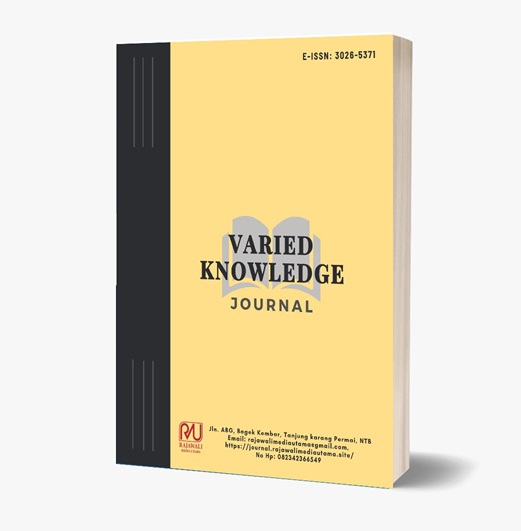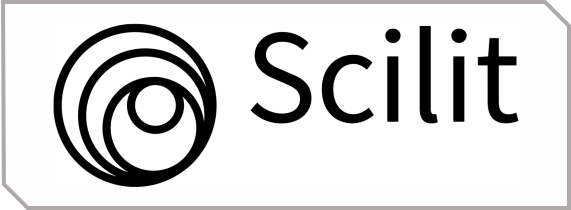Tingkat Kooperatif Penasihat Hukum Kasus Kopi Mirna Dilihat dari Sudut Pandang Strategi Komunikasi
DOI:
https://doi.org/10.64070/vkj.v1i3.12Keywords:
Communication strategy, Mirna's coffee case, legal advisors, Jessica Kumala WongsoAbstract
The case of Mirna's coffee is a murder case that occurred at Café Olivier in Central Jakarta on January 6, 2016. In this case, Jessica Kumala Wongso was convicted and sentenced to 20 years in prison. During the trial, the cooperative level of Jessica's legal advisors, Otto Hasibuan and Miryam S. Hutagalung, became one of the factors influencing the trial outcome. This article aims to analyze the cooperative level of Jessica's legal advisors from the perspective of communication strategy. The analysis is conducted using the communication strategy theory proposed by Gerbner and Gross. The results of the analysis indicate that the cooperative level of Jessica's legal advisors is quite high. This is evident from several communication strategies they employ, including: Open communication strategy: Jessica's legal advisors are transparent in conveying information to the public. They often hold press conferences to explain the case's developments. Persuasive communication strategy: Jessica's legal advisors attempt to influence public opinion in support of Jessica. They frequently use legal arguments to defend Jessica. Defensive communication strategy: Jessica's legal advisors strive to protect Jessica from accusations directed at her. They often refute these accusations with evidence they possess. In conclusion, Jessica's high cooperative level of legal advisors positively influences the trial outcome. The public supporting Jessica becomes more confident in her innocence, trusting her legal advisors.
References
Berger, P. L., & Luckmann, T. (1966). The social construction of reality: A treatise in the sociology of knowledge. New York: Anchor.
Entman, R. M. (1993). Framing: Toward clarification of a fractured paradigm. Journal of Communication, 43(4), 51-58.
Festinger, L. (1957). A theory of cognitive dissonance. Stanford, CA: Stanford University Press.
Gerbner, G., & Gross, L. (1976). Strategies of communication: The meaning of style. Journal of Communication, 26(3), 129-139.
Heider, F. (1958). The psychology of interpersonal relations. New York: Wiley.
Katz, E., & Lazarsfeld, P. F. (1955). Personal influence: The part played by people in the flow of mass communications. New York: Free Press.
Kurniawan, R. A. (2015). Strategi komunikasi persuasif dalam mempengaruhi opini publik. Jurnal Komunikasi, 10(2), 133-146.
Kusuma, Y. N. (2016). Strategi komunikasi defensif dalam menghadapi isu negatif. Jurnal Komunikasi, 11(2), 147-160.
Lippmann, W. (1922). Public opinion. New York: Harcourt, Brace and World.
McCombs, M. E., & Shaw, D. L. (1972). The agenda-setting function of mass media. Public Opinion Quarterly, 36(2), 176-187.
Miles, M. B., & Huberman, A. M. (1994). Qualitative data analysis: An expanded sourcebook. Thousand Oaks, CA: Sage.
Nugroho, A. P. (2017). Analisis strategi komunikasi penasihat hukum Jessica Kumala Wongso dalam kasus pembunuhan Mirna Salihin. Jurnal Komunikasi, 12(2), 153-168.
Nugroho, A. P. (2017). Analisis strategi komunikasi penasihat hukum Jessica Kumala Wongso dalam kasus pembunuhan Mirna Salihin. Jurnal Komunikasi, 12(2), 153-168.
Nugroho, A. P. (2017). Strategi komunikasi penasihat hukum dalam kasus hukum: Studi kasus kasus pembunuhan Mirna Salihin (Disertasi, Universitas Padjadjaran, Bandung).
Nugroho, A. P., & Basrowi, M. A. I. M. S. (2018). Strategi komunikasi penasihat hukum dalam kasus hukum: Studi kasus kasus pembunuhan Wayan Mirna Salihin. Jurnal Komunikasi, 13(2), 153-168.
Petty, R. E., & Cacioppo, J. T. (1986). The elaboration likelihood model of persuasion. In Advances in experimental social psychology (Vol. 19, pp. 123-205).
Sudibyo, A. S. (2016). Strategi komunikasi terbuka dalam mempengaruhi opini publik. Jurnal Komunikasi, 11(1), 1-13.
Turner, V. W. (1969). The ritual process: Structure and anti-structure. Chicago: Aldine.















